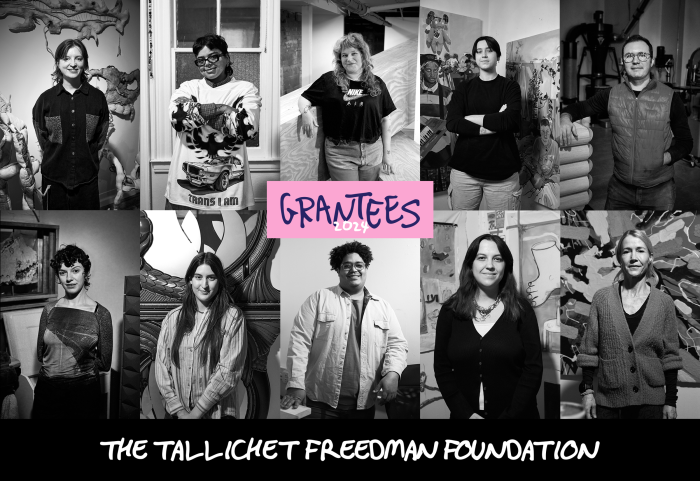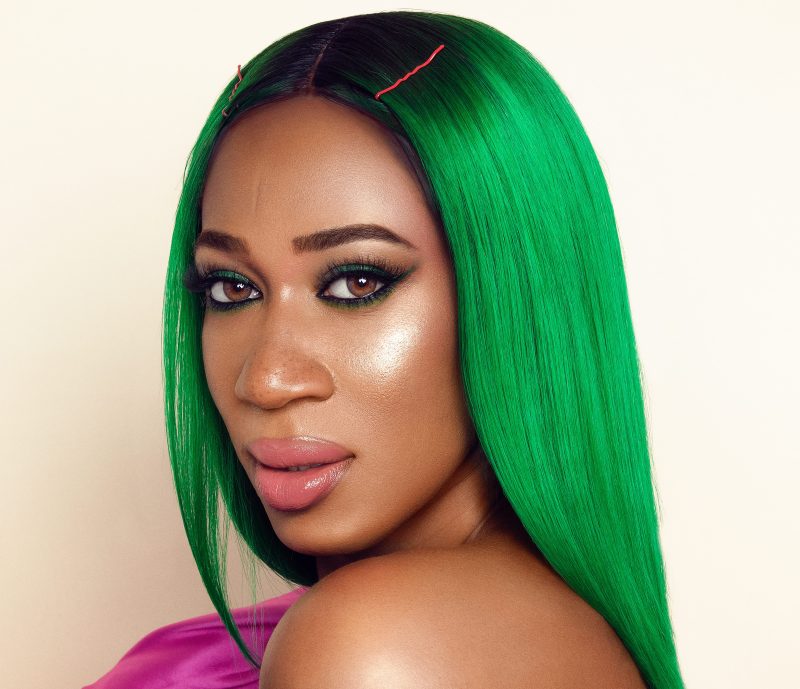By Thomas Tracy
While the newest NYPD additions to the borough are ready to walk the beat, the bosses at 1 Police Plaza aren’t going to tell them where to patrol. The criminals will. That’s the mindset behind a new Impact Response Team (IRT) – a roving squadron of ready-to-go rookies who will be dispatched wherever trouble flares up in Patrol Borough Brooklyn South. The new officers, 75 in all, graduated the academy just before the end of the year. Today, they are working out at the Brooklyn South Task Force offices near Prospect Park, where each day they are told which neighborhood to patrol. They could be in Canarsie one day or in Carroll Gardens the next, as long as crime complaints and statistics warrant their presence, officials said. “If we need assistance, if we have spikes in crime, we have this impact response team at our disposal,” explained Captain John Sprague, the commanding officer of the 62nd Precinct in Bensonhurst. Chief Joseph Fox, the commanding officer of Patrol Borough Brooklyn South, said that borough’s IRT officers will help complement any precinct in Brooklyn South that needs the extra officers. Currently, the new officers are staggered in afternoon and night shifts in a way “to give seven day coverage,” Fox said. “It’s an expansion of the successful concept that Police Commissioner [Ray] Kelly brought to the NYPD,” Fox said, referring to the NYPD’s Impact Zone initiative. A designated Impact Zone, which may be only a small portion of a precinct or stretch across the border of two neighboring commands, are traditionally flooded with cops on both foot posts and patrol cars in order to bring crime down in that particular area. “We’re still focusing our resources on the areas where there are consistent spikes in crime,” Fox said. “But with the IRT we can take that impact concept to any community and to any precinct in Brooklyn South.” Besides the IRT, Brooklyn South also has two standing Impact Zones in Crown Heights and in the 70th Precinct in Flatbush. Besides helping to beat down crime trends in troubled neighborhoods, the IRT is a perfect place for new officers to get their cop legs. “It’s an invaluable training opportunity,” said Fox. “These rookies will be able to move from precinct to precinct, as well as be exposed to the best training officers, detectives and anti-crime cops we have.” In the end, the IRTs will act as a support unit just like Auto Larceny and Anti Crime. “[The IRT] is just another tool in our tool box,” he said. Just before the New Year, Police Commissioner Kelly and Mayor Michael Bloomberg welcomed 914 rookies upon their graduation from the NYPD Police Academy. All of the new officers were sent to Impact Zones, which Bloomberg called “one of the Police Department’s most successful programs.” “Working together with experienced supervisors, they’ll go into some of the toughest neighborhoods in the city, and make them safer for New York’s families,” he said. City officials explained that despite the low number, the December graduating class was one of the NYPD’s most diverse, with approximately 27 percent of the graduates being Hispanic, 13 percent being black, seven percent Asian and 52 percent white. Approximately 17 percent of the graduates are female, officials said. On January 9, Kelly swore in the next academy class, which comprises 1,028 men and women.
































